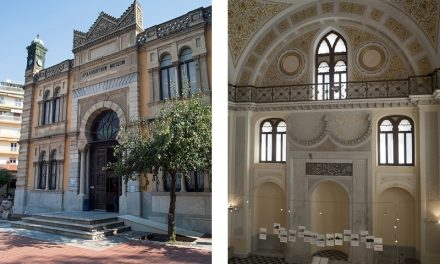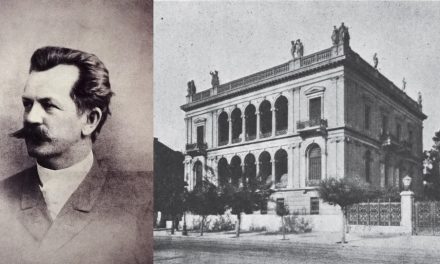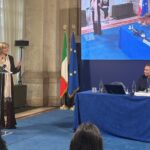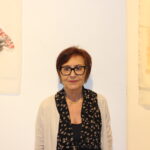Poet and art critic Nicolas Calas’ life and work in Greece, France and the USA embodies different historical conjunctures and intellectual movements, that exemplify the evolution of the so-called “international avant-garde” throughout the 20th century (Rentzou 2004).
Athenian youth
Born Nicolas Kalamaris in Lausanne on 27th May 1907 (New York Times 1989) into a wealthy merchant family, the son of Ioannis Kalamaris, with an ancestry of ship and land-ownership hailing from Syros, and Rosa Caradja, great-grand-daughter of the hero of the Greek War of Independence Markos Botsaris, Kalamaris grew up in Athens where he received an English and French education in a bourgeois environment (Hoff 2009). He enrolled in the Law School of the University of Athens sometime between 1925 and 1927, in parallel to his participation in the demoticist group Foititiki Syntrofia (Student Company). In 1929 Kalamaris began publishing works of political and artistic critique under the name of M. Spieros, inspired by Maximilien Robespierre. In the early 1930s, he published his first collections of poems, from now on under the name of Nikitas Randos, a name formed from the quasi-anagram of the name of a former girlfriend, Dora (Kolocotroni 2009), while in 1935, on the occasion of the publication of Andreas Embeirikos’ Ypsikaminos (Furnace), he joined the ranks of the surrealists (Rentzou 2004).
From his younger days, Kalamaris took a stance in favour of radical and innovative ideas, either artistic or political; proletarian art and the communist ideal, as exemplified by the soviet avant-garde in the 1920s, represented for Calas the quest for novelty and progress (Rentzou 2004). Even though he was initially skeptical towards expressionism and surrealism, Kalamaris took his distances from crude “modernist” realism early on. His conversion to surrealism took place gradually, in the early 1930s; Effie Rentzou attributes his embrace of surrealism to the changes in the dominant esthetic of the international communist movement, Kalamaris’ growing sympathy for Trotskyism, as well as similar developments within French surrealism (2004).
In Paris
Beginning in 1933, Kalamaris frequently visited Paris where he got to know the artistic milieu of the French capital, in parallel to his presence in the Athenian scene (Rentzou 2004). Following his disappointment from the intellectual environment of Athens, as he would later write to Nanos Valaoritis (Hoff 2009), he eventually moved to Paris in 1937, where he began using the name Nicolas Calas (Rentzou 2004); this name was a direct reference to Jean Calas and the case of religious intolerance in pre-revolutionary France that had led to the public intervention of Voltaire in 1763 (Kolocotroni 2009). Calas became an active member of the French surrealist crowd and published in 1938 his first essay collection, Foyers d’Incendie, at André Breton’s encouragement. In this work, Calas was trying to define art as a revolutionary process, while at the same time introducing the themes of love and sexuality and trying to transgress different categories of knowledge; Foyers had an important impact in the following years (Rentzou 2004).
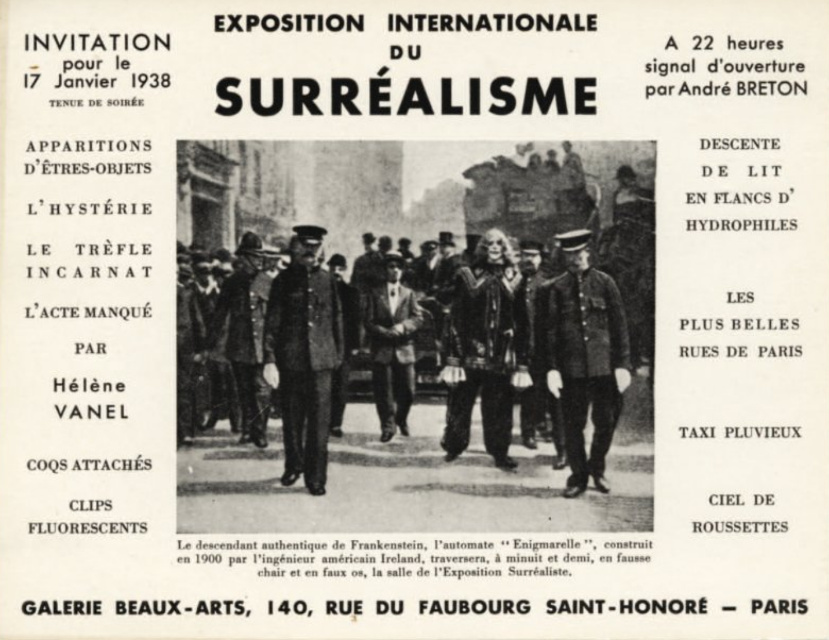
Overseas
Calas left Paris at the outbreak of the Second World War (Hoff 2009); he first travelled to Lisbon where he stayed for a few months and took part in the local artistic scene, before reaching New York in 1940, where he settled, and eventually acquired US citizenship in 1945 (Hoff 2009). As a member of the European exiles circle, Calas held a distance vis-à-vis American intellectuals (Kolocotroni 2009), even though he contributed in establishing New York as a centre for the international avant-garde in the 1950s and 1960s (Rentzou 2004). He worked for the Office of War Information during the war and wrote in the Partisan review (Kolocotroni 2009). In parallel to this, he published Confound the Wise in 1942, which nonetheless was met with mixed reactions among New-York’s artistic circles. This work reflects to a great extent the impact that the new American experience had had on Calas, notably the shift from a holistic vision of the urban landscape to a selection of small de-centered panoramas (Rentzou 2004). The themes of Confound the Wise will permeate Calas’ work throughout the years.
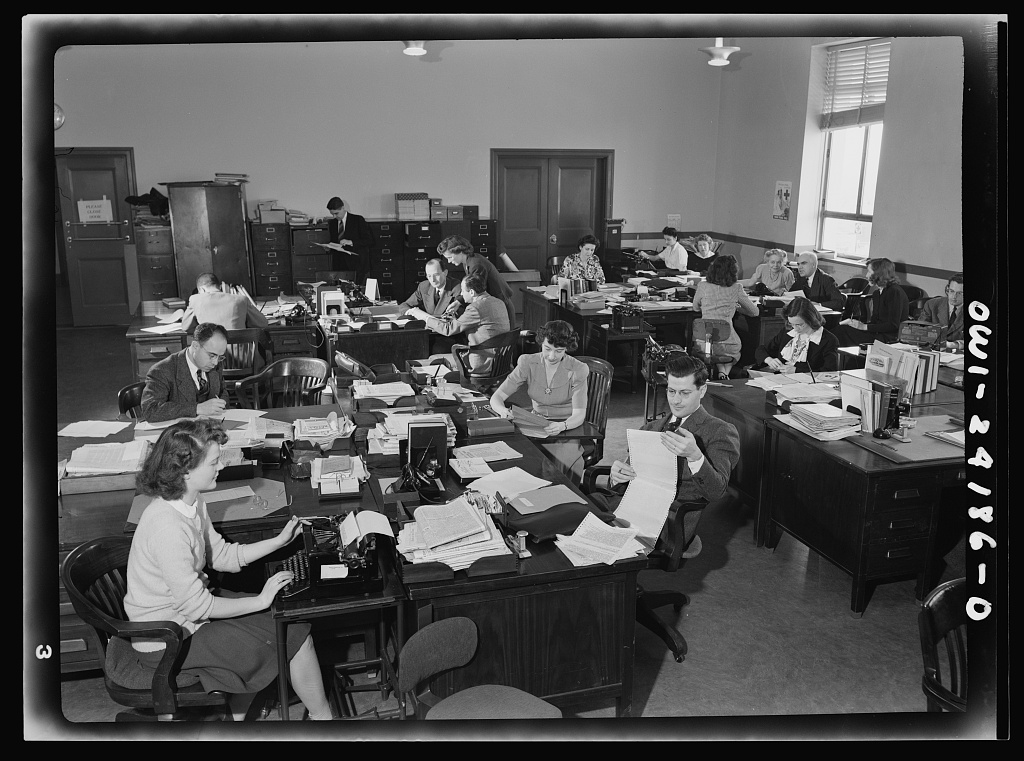
Calas later collaborated with anthropologist Margaret Mead on the book Primitive Heritage, while he continued publishing in reviews such as Artforum, Art International, Arts Magazine, and Village Voice, as well as authoring a series of works of art theory, often in collaboration with his wife Elena Calas. During the 1960s, he taught at Fairleigh Dickinson University in New Jersey. Vassiliki Kolocotroni suggests that Calas functioned as a mediator between European (French) surrealism and the American scene, as in the case of William Carlos Williams, for whom Calas’ work stood as a major inspiration (2009). Likewise, veteran surrealist Calas became a point of reference for the Beat generation, while he also stood out as a central figure during the early steps of Pop Art (Kolocotroni 2009).
More generally, Effie Rentzou suggests that the trajectory and work of Nicolas Calas – between poetry and critical analysis – placed him in the artistic and theoretic avant-garde of the 20th century, notwithstanding its contradictions, mutations and geographical transpositions (Rentzou 2004).
Renewing the bond with Greece and politics
As noted by Lena Hoff, after Calas settled in the USA, he stopped writing poetry for a period of twenty years; however, his visits to Greece for family matters in the 1950s eventually renewed his interest for poetry and Greek. He thus published poetry in Greek in 1964 and 1965 in the review Pali, using a rather satirical approach in regards to the traditionalist and problematic mores of “petit” and upper bourgeois Greek society, as well as its western geopolitical protectors (Hoff 2009). His distance from Greek artistic circles helped him offer a new fresh outlook on the idea of Greekness, the latter having been initially debated in the 1930s, but also politically instrumentalised by the Greek security state apparatus in the turbulent post-war period and commercialized by mass-tourism (Hoff 2009). The Greek-American community was not exempt from Calas’ playful writings; the poet would avoid socialising with his fellow countrymen in the USA. It was only during the years of the Greek junta in 1967-74 that Calas did begin to establish relations with other Greek-Americans in the context of anti-dictatorship organizations, in collaboration with international democratic resistance networks (Hoff 2009). Indeed, this period marked Calas’ renewed interest in politics – a vocation that proved unaltered by time.
As noted by Panayotis Bosnakis, Calas’ critical poetry did not signal a total break with typical Hellenic imagery but rather its original and subversive re-appropriation that aimed at destabilising the esthetic consensus of the time while prioritising new creative forms and forces (1998). This search for experimentation – often in confrontation with the poetic establishment – was succinctly illustrated in the case of the representation of the Aegean Sea; contrary to the work of Odysseas Elytis, Calas’ Aegean becomes a mystical and revolutionary site. The island of Santorini for example was rendered in red, a color that matched the feeling of a roaring and awakening volcanic danger (Bosnakis 1998).
The 1970s will mark the recognition of the work of Calas in Greece, where he even received the National Prize for Poetry in 1977 for his collection Nikitas Randos Street, consisting of poems of his dating from the 1930s, 1960s and 1970s (Hoff 2009). He passed away on 31st December 1988 (New York Times 1989). The Nicolas and Elena Calas Archives are currently located at the Nordic Library at Athens.
Dimitris Gkintidis | Grecehebdo.gr
Originally written in French, adapted into English by Dimitris Gkintidis.
D. G.
TAGS: ARTS | GREEK LANGUAGE | HISTORY | LITERATURE & BOOKS | MIGRATION



